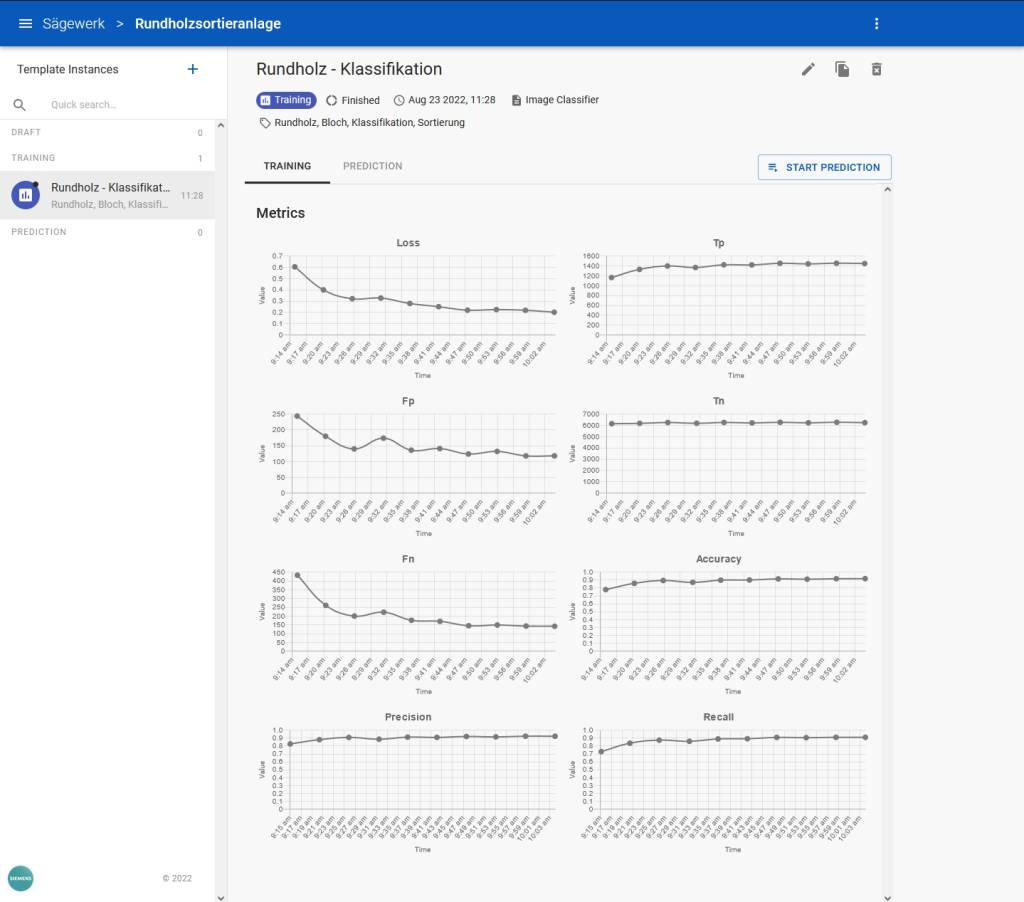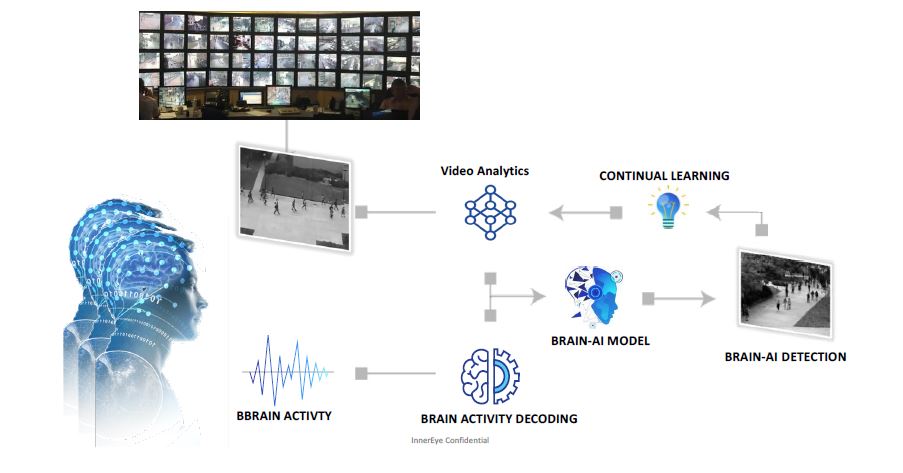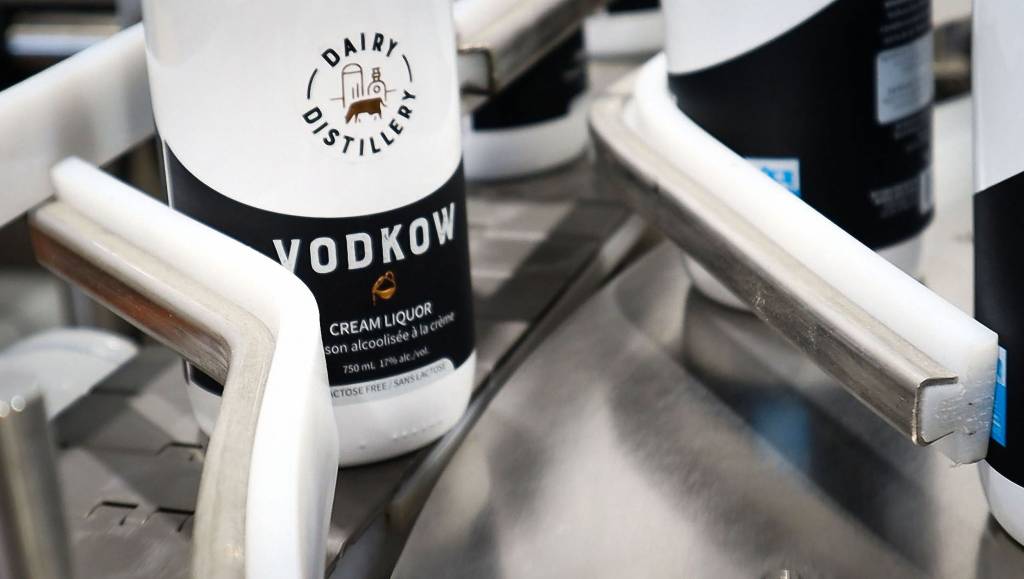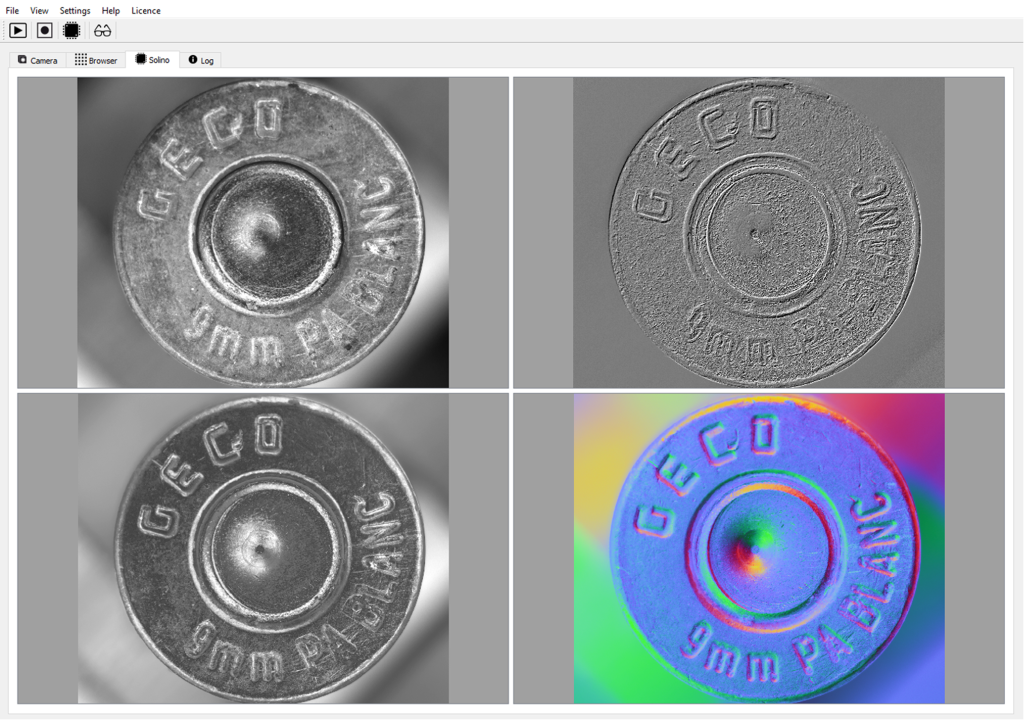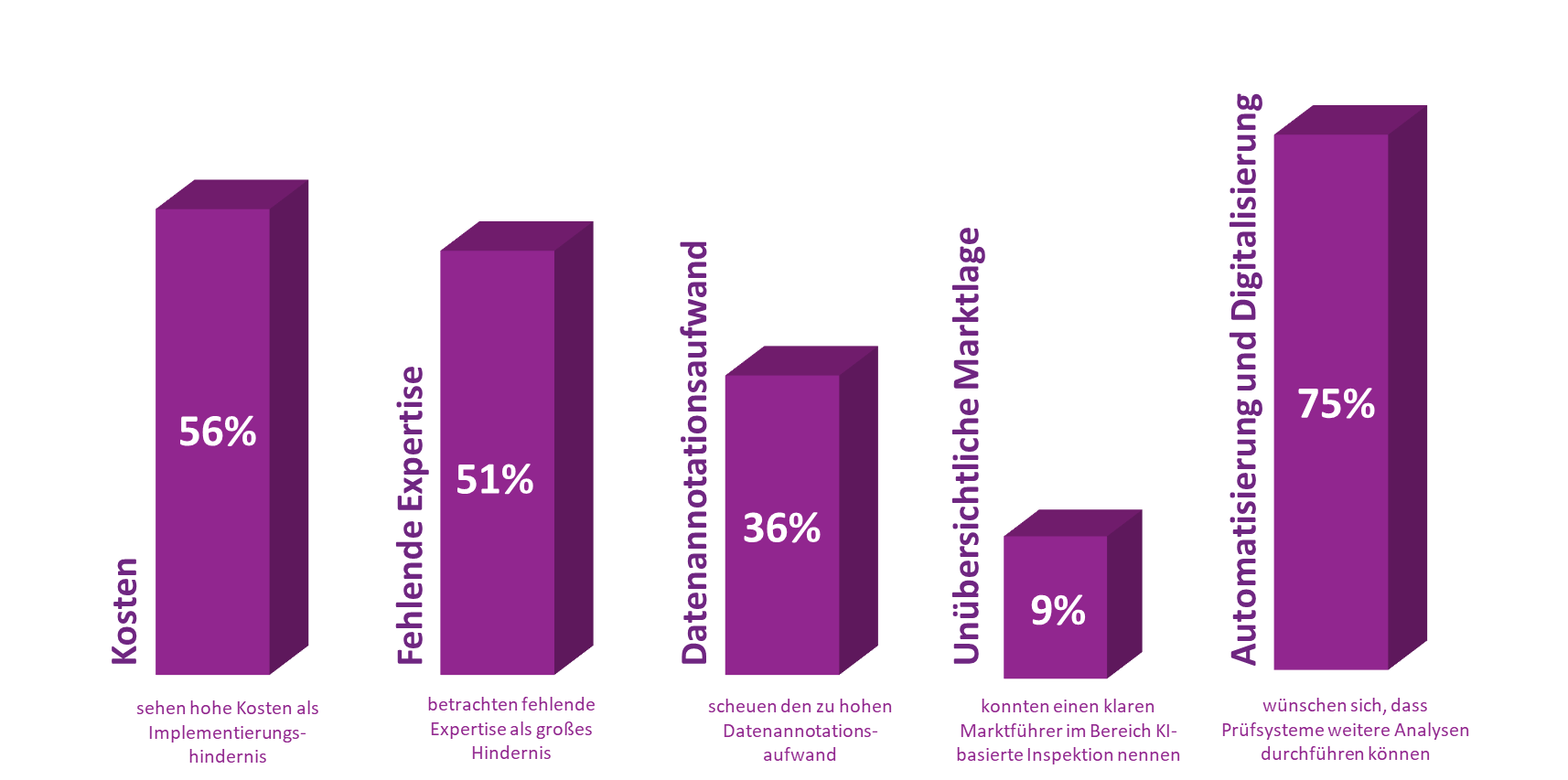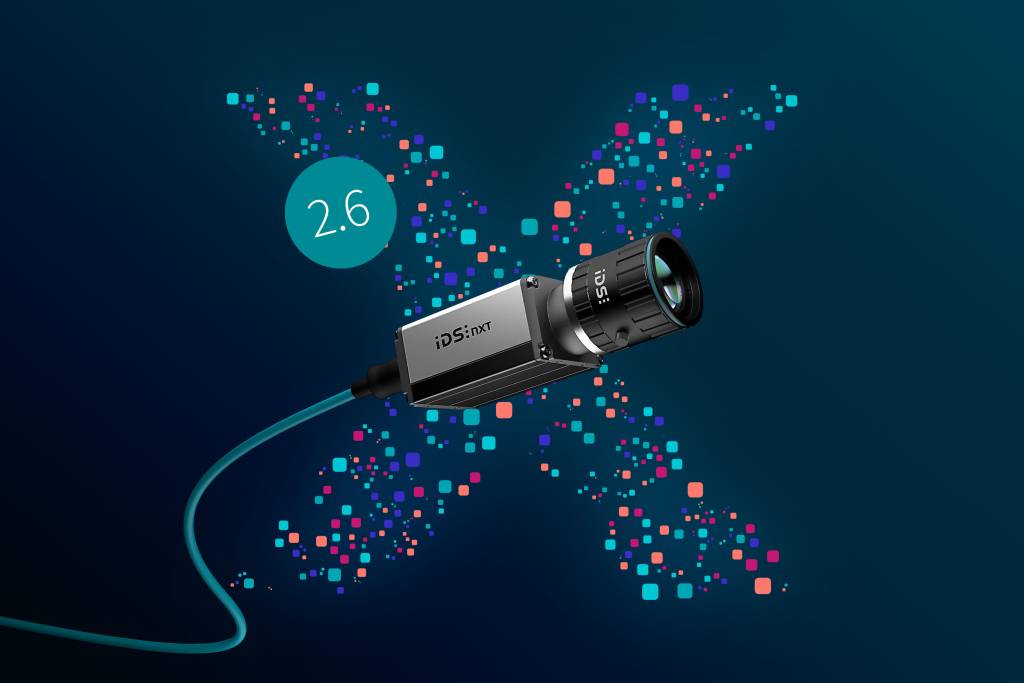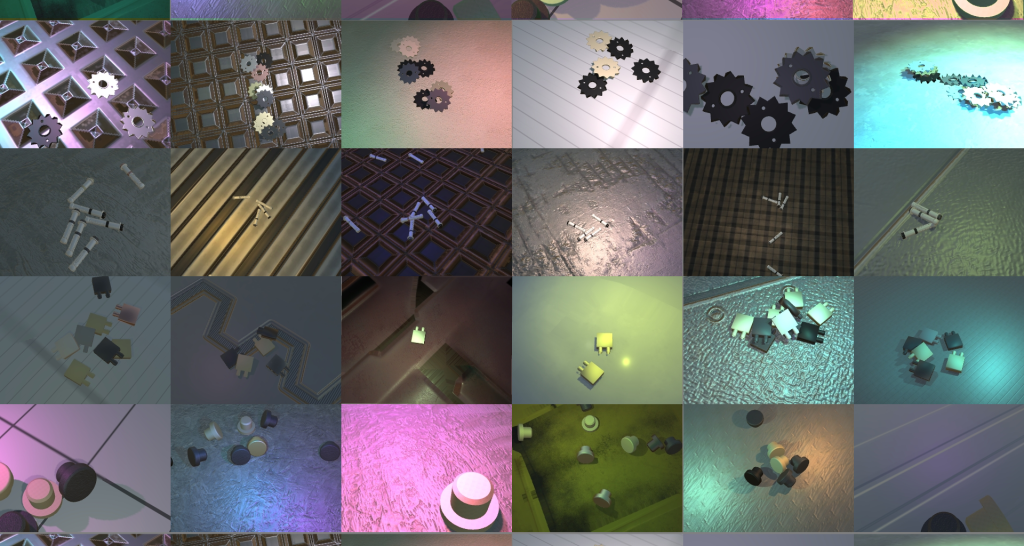The next generation of machine vision in industrial systems will rely on complex AI. Companies that want to safely innovate with machine vision need to put reliability and trust at the core of their development and operations. In this article, Lakera provides insights into challenges and solutions.
Kategorie: KI & Deep Learning
Holz-Klassifizierung
Für Holzproduzenten ist es wichtig zu wissen, in welche der verschiedenen Qualitätsklassen das unverarbeitete Rundholz fällt. Die Edge Apps von Siemens sind auch für solche KI-Vision-Anwendungen einsetzbar.
HSI goes AI
Different applications show that combining Hyperspectral Imaging (HSI) with AI and Sparse Modeling of Hacarus enables new possibilities to improve the accuracy of image data analysis, both for manufacturing and medical domains.
Mind-Connected AI
A new technology by InnerEye establishes a direct interface between an expert user and an AI system which enables a smooth and accurate User-AI knowledge transfer and collaborate decisions.
Brand Protection
Dairy Distillery, a Canadian spirits manufacturer that has pioneered a unique process to produce vodka from a dairy byproduct, uses an AI visual inspection system of Pleora Technologies to add decision-support for manual labelling and quality control (QC) checks.
Gute Fehler
KI ist in aller Munde, aber kaum jemand vertraut dem ‚Prozess‘. Wie werden die Daten verarbeitet? Nach welchen Normen wird gemessen? Das sind häufige Fragen, wenn es um die Entscheidung geht, ein neues Deep-Learning-Modell einzusetzen, um die Qualitätssicherung abzubilden.
KI-Diskrepanz
Während 70 Prozent der Teilnehmer einer Umfrage KI-basierte Inspektionssysteme für serienreif halten, setzen aktuell lediglich 17 Prozent diese auch ein. Dies ist bemerkenswert, da gleichzeitig fast 80 Prozent der befragten Firmen immer noch auf eine manuelle Qualitätskontrolle setzen. Wie diese Diskrepanz zu erklären ist, wurde im Rahmen einer Umfrage von Maddox AI mit über 110 Anwendern und Marktbeobachtern ergründet.
Vision-Apps aus dem Konfigurator
Das aktuelle Software-Release 2.6 für das KI-Vision-System IDS NXT fokussiert insbesondere auf die App-Erstellung.
Sauber dank KI
Viele Anwendungen von Bilderkennung erfordern individuell trainierte KI-Modelle. Für die Qualitätssicherung benötigt die KI das Wissen, welche Bereiche in Bildern auf mangelnde Qualität hinweisen. Das Anreichern von echten Bilddaten mit synthetisch erzeugten Bildern liefert der KI Trainingsmaterial, das die Treffsicherheit von KI-Entscheidungen erhöhen kann, z.B. bei einer Mehrwegkisten Waschanlage.
Generierung synthetischer Bilder für KI-Training
Der SynthAI-Service von Siemens Digital Industries Software beschleunigt das KI-Training von Bildverarbeitungssystemen.


